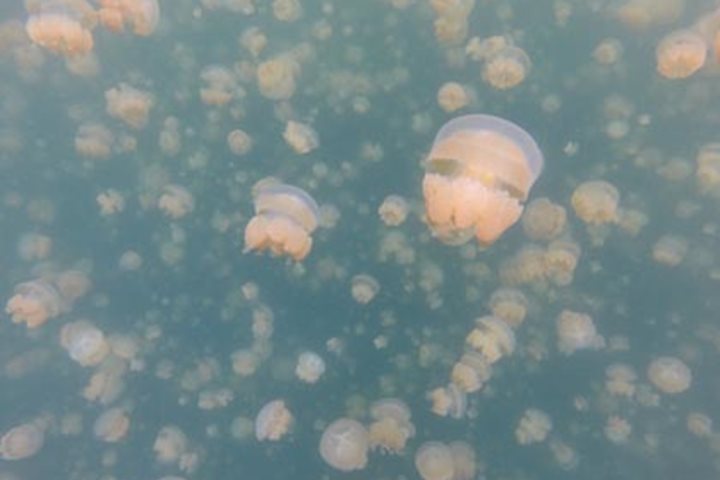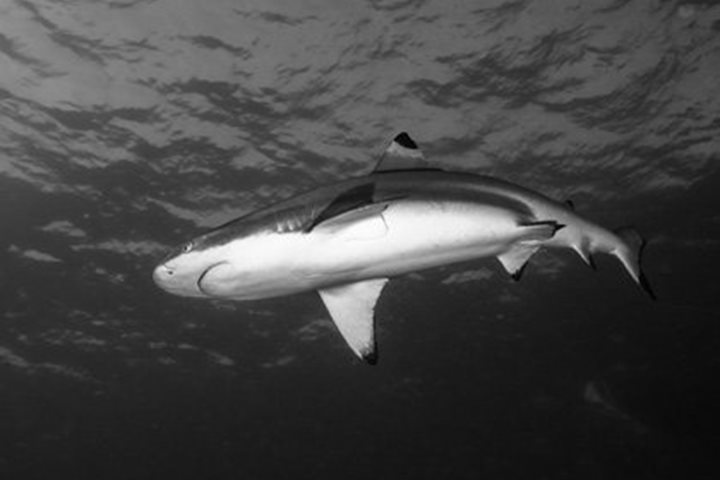The definition of remote is that of a place situated far from major centers of population; distant. However, while Ifalik Atoll is geographically secluded from any nearby islands, the exuberant and welcoming people that live there are about as far from distant as possible. The greeting we received upon landing on the beach was almost as warm as the sun rising overhead. Men and women, boys and girls, many covered with bright yellow turmeric (an aromatic powder derived from ginger), deep green palm frond strips and not much else, treated us to dances specific to this island and the history. There are close to five hundred of these laughing and lovely locals that live on Ifalik, an island that barely exceeds an area of half a square mile. The community continues to exist by holding to traditional methods, which they keep expertly honed and proudly displayed for us. Calloused and practiced hands pinch and roll coconut husk fibers into strands and then are spliced into strong rope before our eyes. But skills like this are not just for show, they must be passed on from generation to generation, or else their very way of life would start to fade away.
One such ability, which has been refined to a point of near artistry, is that of sailing navigation. The people of this region are renowned even among other seafaring cultures for their prowess upon the waves. Back onboard the National Geographic Orion we catch a moment of the pure dexterity of a large deep-water sailing outrigger canoe, adroitly slicing through the waves around us, packed full of young children all gleefully cheering as they race the wind. Our afternoon was spent enjoying the almost impossibly clear waters, discovering species that may be common here, but are rarely found anywhere else on the planet. As picture book clouds approached from the horizon and we finally had to depart from this idyllic island that is far, far away from everything, which is perhaps fitting, because it is truly the place of stories.







